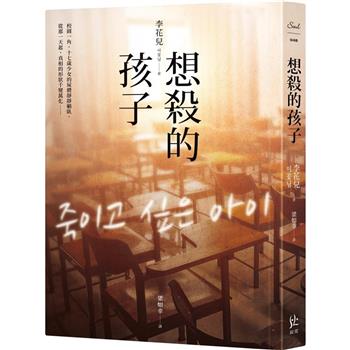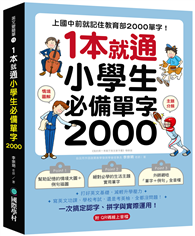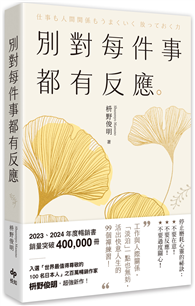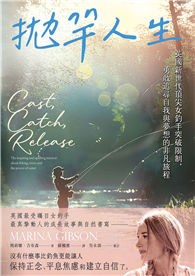| FindBook |
有 5 項符合
語海尋規:語言學的實證方法的圖書 |
![語海尋規-語言學的實證方法 [精裝]In Search o...](https://img.findprice.com.tw/book/9789860317114.jpg) |
語海尋規-語言學的實證方法 [精裝]In Search o... 作者:James Myers 出版社:中央研究院語言學研究所 |
| 圖書選購 |
| 型式 | 價格 | 供應商 | 所屬目錄 | $ 720 |
內政及國土 |
$ 760 |
教育學習 |
$ 760 |
政府出版品 |
$ 800 |
語言學習 |
$ 800 |
教育學習 |
|---|
| 圖書館借閱 |
| 國家圖書館 | 全國圖書書目資訊網 | 國立公共資訊圖書館 | 電子書服務平台 | MetaCat 跨館整合查詢 |
| 臺北市立圖書館 | 新北市立圖書館 | 基隆市公共圖書館 | 桃園市立圖書館 | 新竹縣公共圖書館 |
| 苗栗縣立圖書館 | 臺中市立圖書館 | 彰化縣公共圖書館 | 南投縣文化局 | 雲林縣公共圖書館 |
| 嘉義縣圖書館 | 臺南市立圖書館 | 高雄市立圖書館 | 屏東縣公共圖書館 | 宜蘭縣公共圖書館 |
| 花蓮縣文化局 | 臺東縣文化處 |
|
|
This is a book for linguists who study grammar, that is, phonology, morphology, and syntax, and who are curious about new ways of studying it. Corpus linguistics can tell us not only how people actually use language, but also about the grammar that underlies language use. Experiments reveal not only the psychological processes controlling speech and language comprehension, but also the grammatical structures that these processes work with. Computer models and statistics can bring a greater degree of precision to the study of grammar, just as they have in many other fields of science. Corpus analysis, experimentation, and computer modeling can at first seem intimidating to linguists more familiar with the traditional low-tech methods of grammatical research. Yet as this book hopes to demonstrate, it does not require much extra effort to expand one’s methodological repertoire. The authors in this book, expert linguists from both Taiwan and abroad, provide easy-to-follow tutorials and case studies on a wide variety of grammatical issues. As befits a book published in Taiwan, many of the examples relate to challenges posed by the grammar of Chinese, but other languages are discussed as well. It is hoped that grammarians of all stripes, from syntacticians to phonologists, from formalists to functionalists, from students to tenured professors, will find inspiration in this book for their own research. This book started life (many years ago now) in the International Workshop on Grammar and Evidence, held at National Chung Cheng University, in Chiayi, Taiwan, on April 13-15, 2007. This workshop was hosted by the Graduate Institute of Linguistics (Chung Cheng), cohosted by the Center for Research in Cognitive Science (Chung Cheng), and sponsored by the Center of International Affairs and Exchange (Chung Cheng) and the National Science Council (Taiwan). The website for the workshop, in both English and Chinese versions, remains available at www.ccunix.ccu.edu.tw/ ~lngproc/IWGE.htm. All of the chapters in this book saw their first incarnation at this workshop, but since not all of the workshop presentations saw their way into this book, the website remains a valuable resource, with slides and audio recordings of all of the presentations and the panel discussion too. This book would not have been possible without the active participation of all of the workshop speakers. In addition to myself, they were Wayne Cowart from the University of Southern Maine, Michael Hammond from the University of Arizona, Mary Beckman from Ohio State University, Chao-Jan Chen from National Chi Nan University, Thomas Lee from the Chinese University of Hong Kong, Jane Tsay from National Chung Cheng University, H. Samuel Wang from Yuan Ze University, and Chien-Jer Charles Lin, now at Indiana University. The path from workshop to book required the hard work of yet more people, particularly the anonymous reviewers for each of the chapters and for the book as a whole, as well as Elizabeth Zeitoun, executive editor of Language and Linguistics. The book has been greatly improved by their insightful critiques and suggestions. I must also thank the Language and Linguistics editorial assistant Vicky Y-K. Chen for helping to coordinate the many strands of the editorial process, Chun-yu Kuo for shepherding the book through its final stages, and of course the publisher itself, the Institute of Linguistics, Academia Sinica. Finally, for those readers puzzling over the text on the cover, yes, it is indeed a forgery containing nothing but fake characters. The frame was scanned from a facsimile of the Tang Dynasty Book of Northern Qi (北齊書) by Li Baiyao (李百藥), but all of the characters were created by my lab assistants (Guo-Ming Hong, Zi-Ping Hsu, Pei-Fen Du, Yu-Ting Su, and Chiung-Wen Hsu) for a series of experiments that will hopefully see publication some day. The images were put together by Yu-Guang Ko (who also suggested the book’s Chinese title). The point of the cover picture is to start the reader thinking about the theoretical and methodological issues addressed in this book. If all of the characters are fake, why do some look more plausible than others? Does this phenomenon demonstrate the “psychological reality” of formal character “rules”? Can we consider such rules to be part of a “grammar”, or are they just the side-effects of superficial analogy? How could we ever find out? I leave these questions, and an infinity of others about the nature of grammar and its empirical testing, to the interested reader.
- 作者: James Myers
- 出版社: 中央研究院語言學研究所 出版日期:2012-03-01 ISBN/ISSN:9789860317114
- 語言:繁體中文 裝訂方式:精裝 頁數:241頁
- 類別: 中文書> 政府考用> 政府出版品
|











